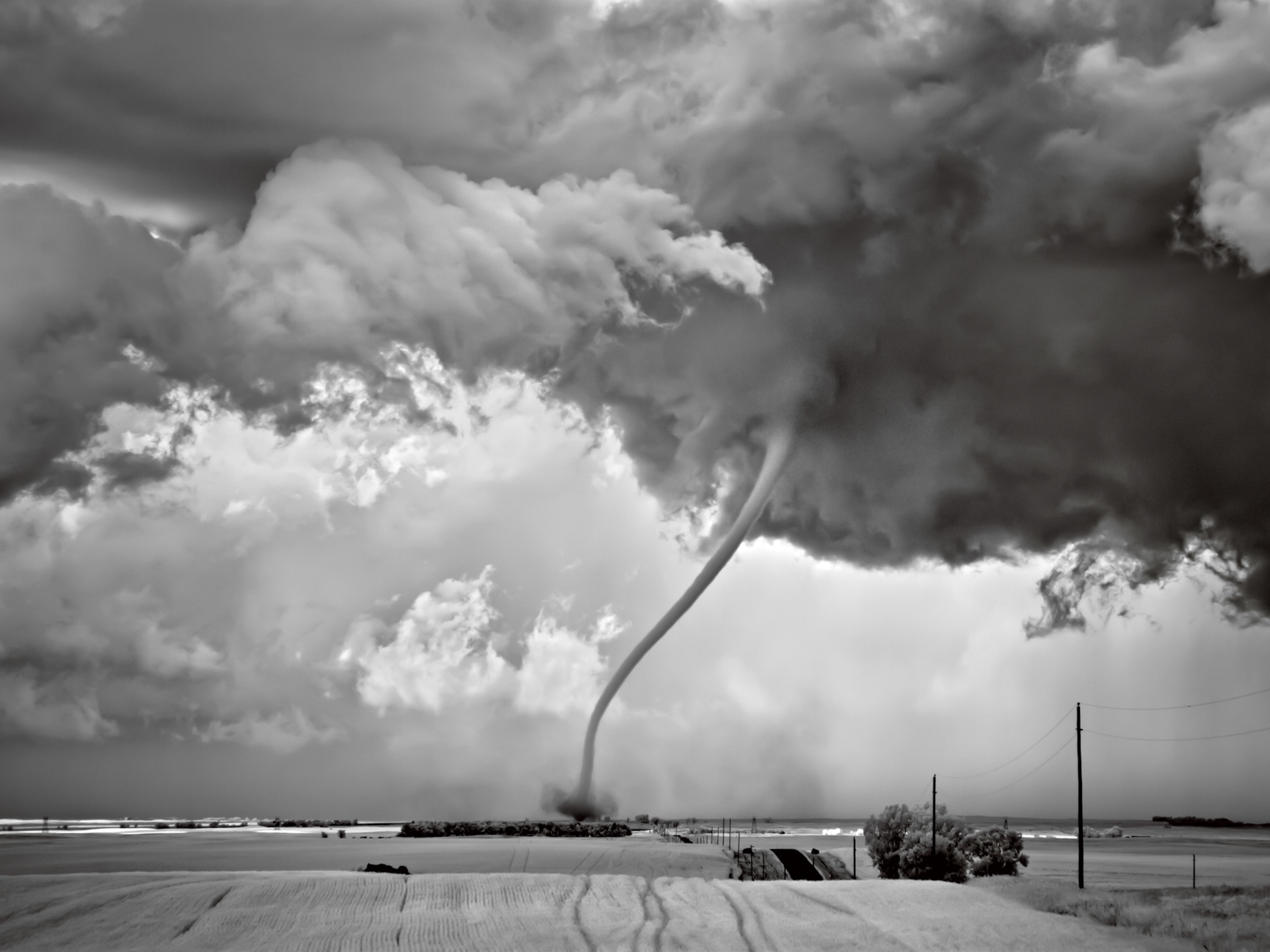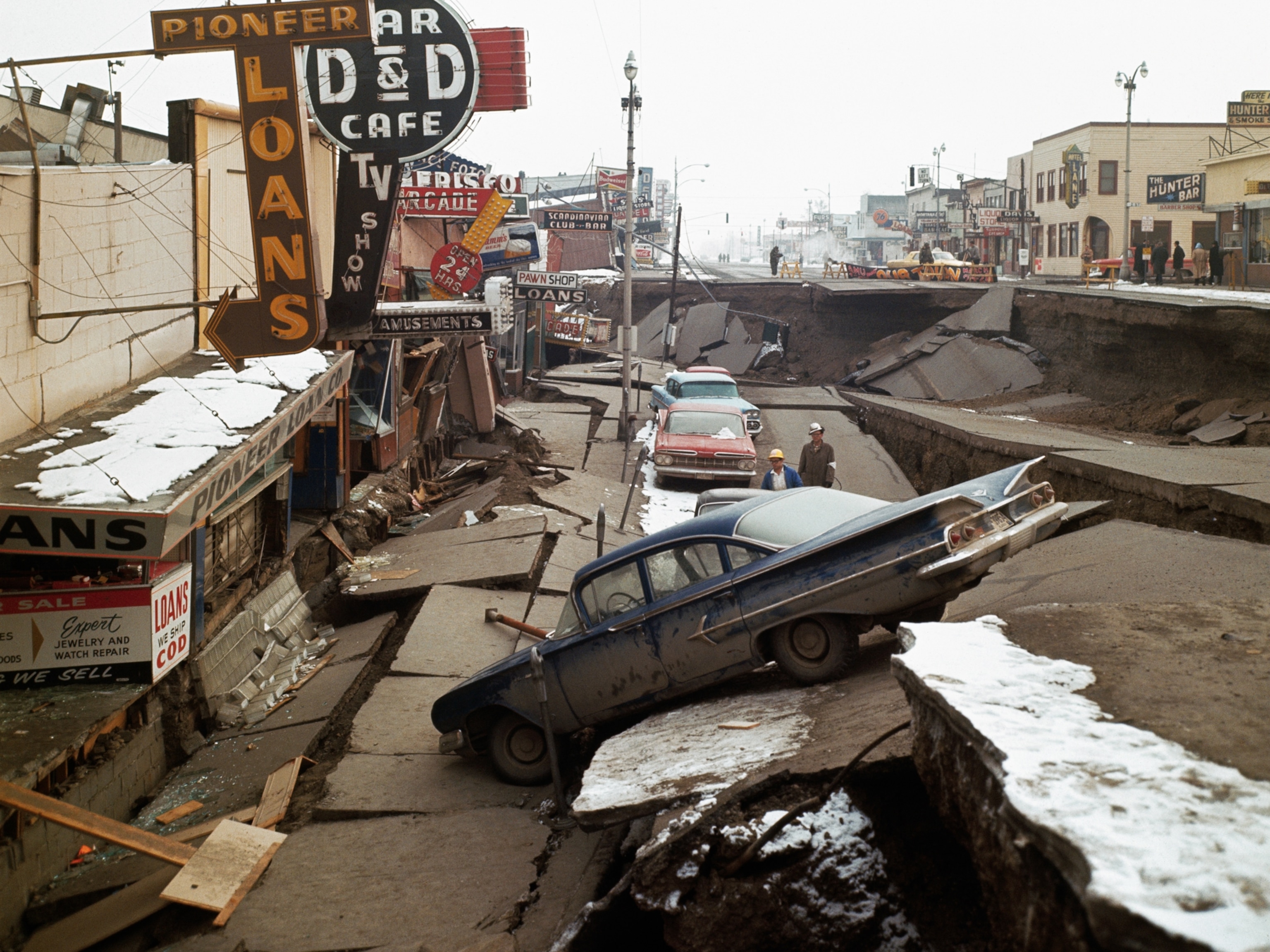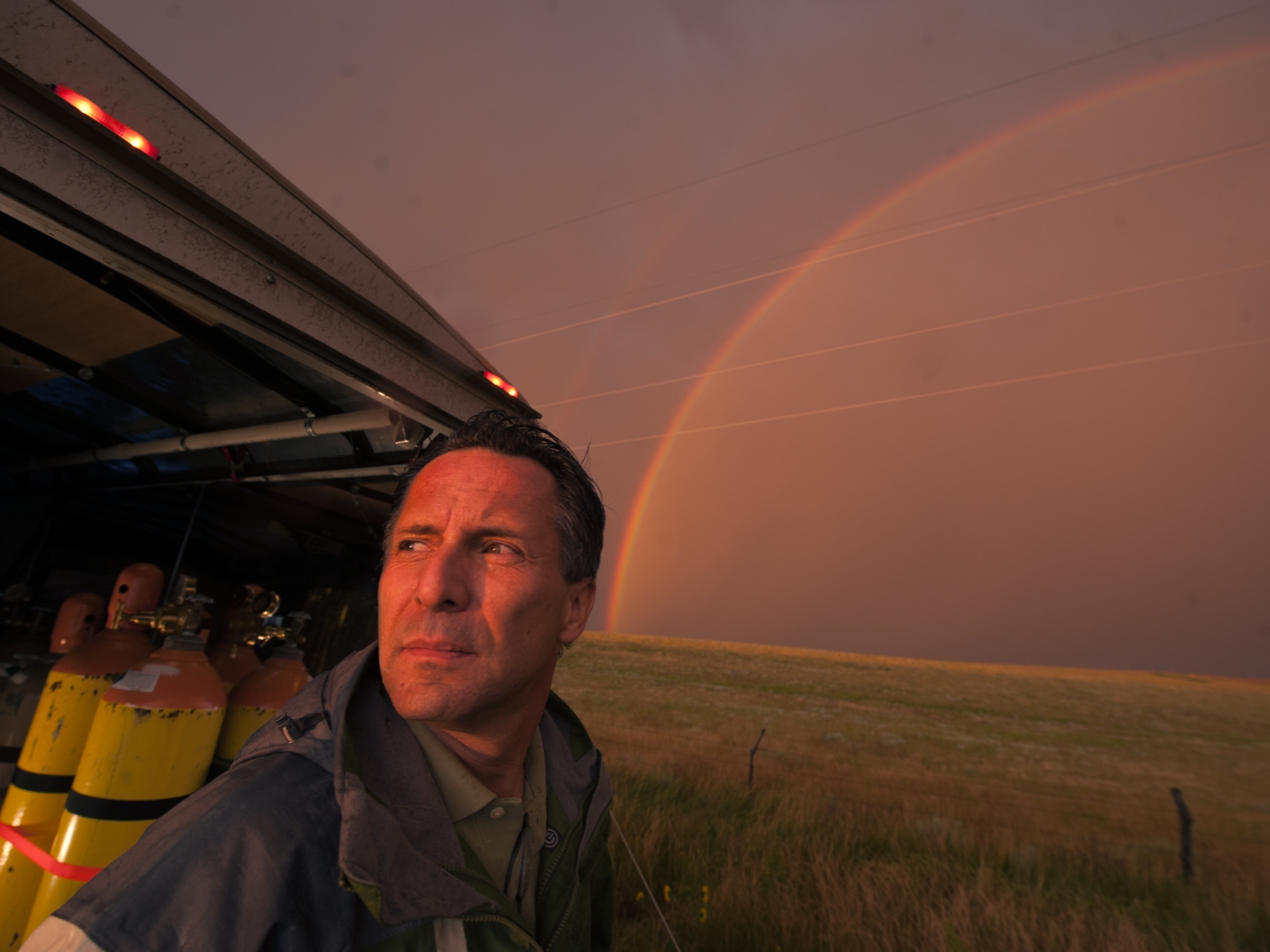
Behind the Cover: Honoring Late Storm Chaser Tim Samaras
National Geographic's November cover image shows Tim Samaras doing what he loved.
This month's National Geographic cover story is about the life and death of Tim Samaras. The renowned storm chaser and self-taught scientist died on May 31, at age 55, when he was overtaken by a tornado in El Reno, Oklahoma. The monstrous twister—at 2.6 miles, the widest ever recorded—also claimed the lives of Tim's 24-year-old son Paul and Carl Young, 45, their colleague at TWISTEX, the Denver-based field research team Samaras founded.
But if you look at the cover of our November issue, you won't see that storm. You'll see Samaras and a funnel that tore through Manchester, South Dakota, in 2003. The event was featured in our April 2004 article "Chasing Tornadoes," which detailed how Samaras, an electrical engineer and National Geographic grantee, designed and deployed pioneering "turtle" probes in the path of tornadoes.
On June 24, 2003, one of Samaras's probes measured a record drop in pressure—the condition that triggers a twister's extreme wind speeds—inside a 200-mile-an-hour wedge tornado.
"This information is especially crucial," Samaras explained in 2004, "because it provides data about the lowest ten meters of a tornado, where houses, vehicles, and people are." That "helps us understand tornado dynamics and how they form. With that piece of the puzzle, we can make more precise forecasts and ultimately give people earlier warnings"—which can help save lives.
Photographer Carsten Peter, who shot the 2003 story and covered Samaras over the years, remembers the day in Manchester well. (Related: "Unpublished Pictures: Tornado Chaser Tim Samaras at Work.")
"Everything went very, very quick," he says. "Tim threw out the probe, which he could do in just seven seconds. It was a big challenge to photograph, to catch that moment and get Tim in the action. You have to be really close to a tornado in order to [photograph] people in relation to it. It's very tricky, very difficult. But we'd desperately chased tornadoes for three years and had no success. So when we [got close to] this fascinating masterpiece of a tornado, it was like a miracle."
National Geographic senior photo editor Todd James, who worked with Peter and Samaras, says their success in 2003 was all the sweeter because it took so long to achieve.
"For three years Tim had been trying to deploy one of his probes in the path of a tornado," James remembers. "The previous two tornado seasons had been unusually quiet, and Tim and his team were frustrated. We were running low on time and money, and the tornado season was coming to an end.
"On the last day of his assignment, Carsten, who was photographing Tim for the magazine, called and asked for an extension. We agreed, but time ran out again without a tornado. Carsten called again and asked for just one more day.
Carsten would laugh nervously and say, ‘But do you know how close I would have to be to the tornado?’
"The next day, in Manchester, South Dakota, Tim successfully deployed his probe for the first time—and recorded the lowest drop in barometric pressure ever seen in a tornado. When the film arrived [at National Geographic's headquarters in Washington, D.C.], Chris Johns [the magazine's current Editor in Chief] and I were jumping up and down and shouting.
"Carsten and I had joked for years that the problem with tornado photographs is that they were all shot with long lenses from a safe distance. The ultimate goal, I said, would be to shoot Tim deploying one of his probes with a wide-angle lens, with the tornado in the background. Carsten would laugh nervously and say, 'But do you know how close I would have to be to the tornado?' (Related: "Are Storm Chasers 'Crossing the Line'?")
"When Tim and Carsten finally did what they had been dreaming of for three years, they remained unbelievably cool. Carsten's photos from that day set a new standard for tornado photography. And Tim proved his point: that you could get in-situ measurements of wind speed, direction, and barometric pressure from a probe placed in the path of an approaching tornado."
Bill Marr, National Geographic's creative director, says the November image is a fitting tribute to a man whose heroic life's work meant racing toward dangers others fled.
"Our story is both about the amazing life of Tim Samaras and the details of his last day," says Marr. "But I think the person—and the personality—is the most important aspect of the story. This image of Tim by Carsten is dramatic and captures Tim's passion. There is a sense of urgency in this image. It's emotional. Tim put himself in harm's way to collect data to find new ways to forecast storms—and, in the end, save lives." (Related: "Our Haunting Last Interview With Storm Chaser Samaras.")





